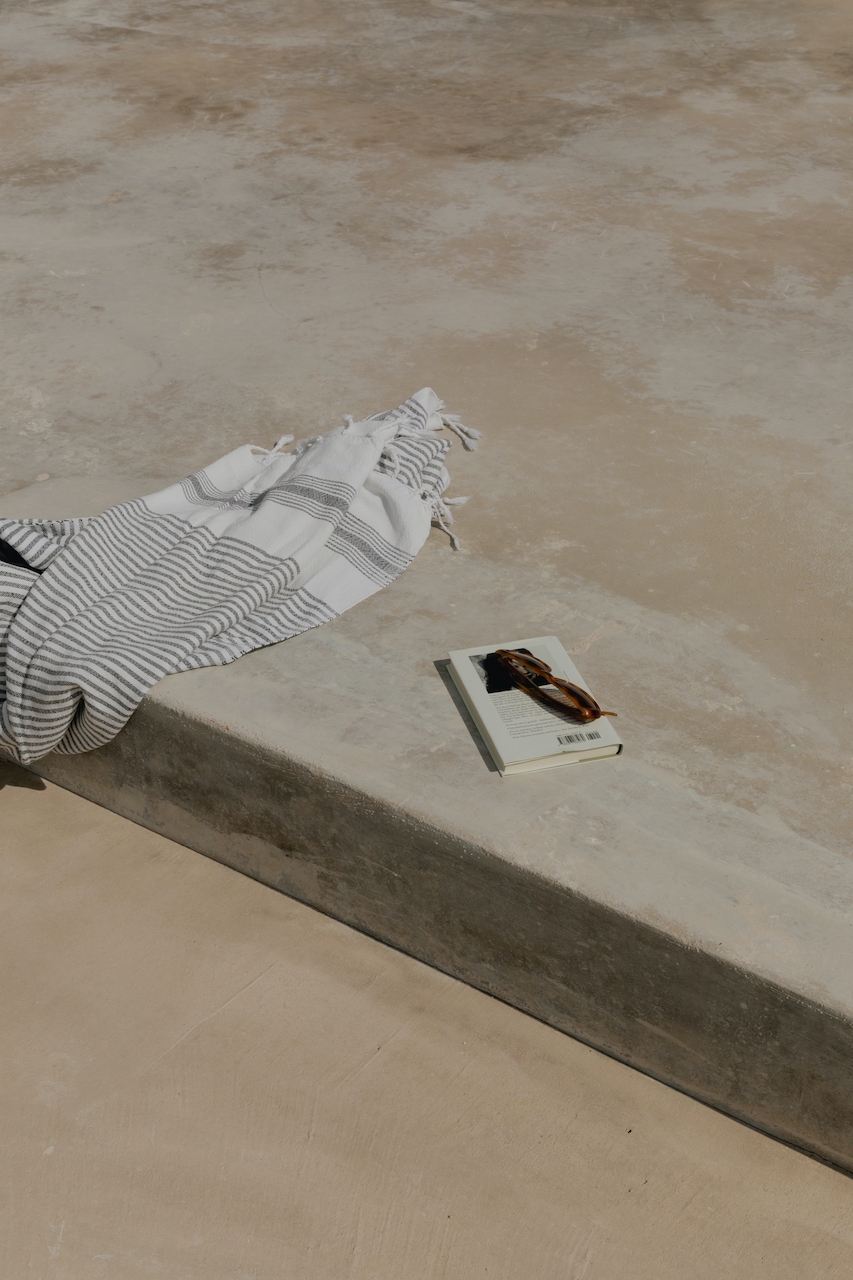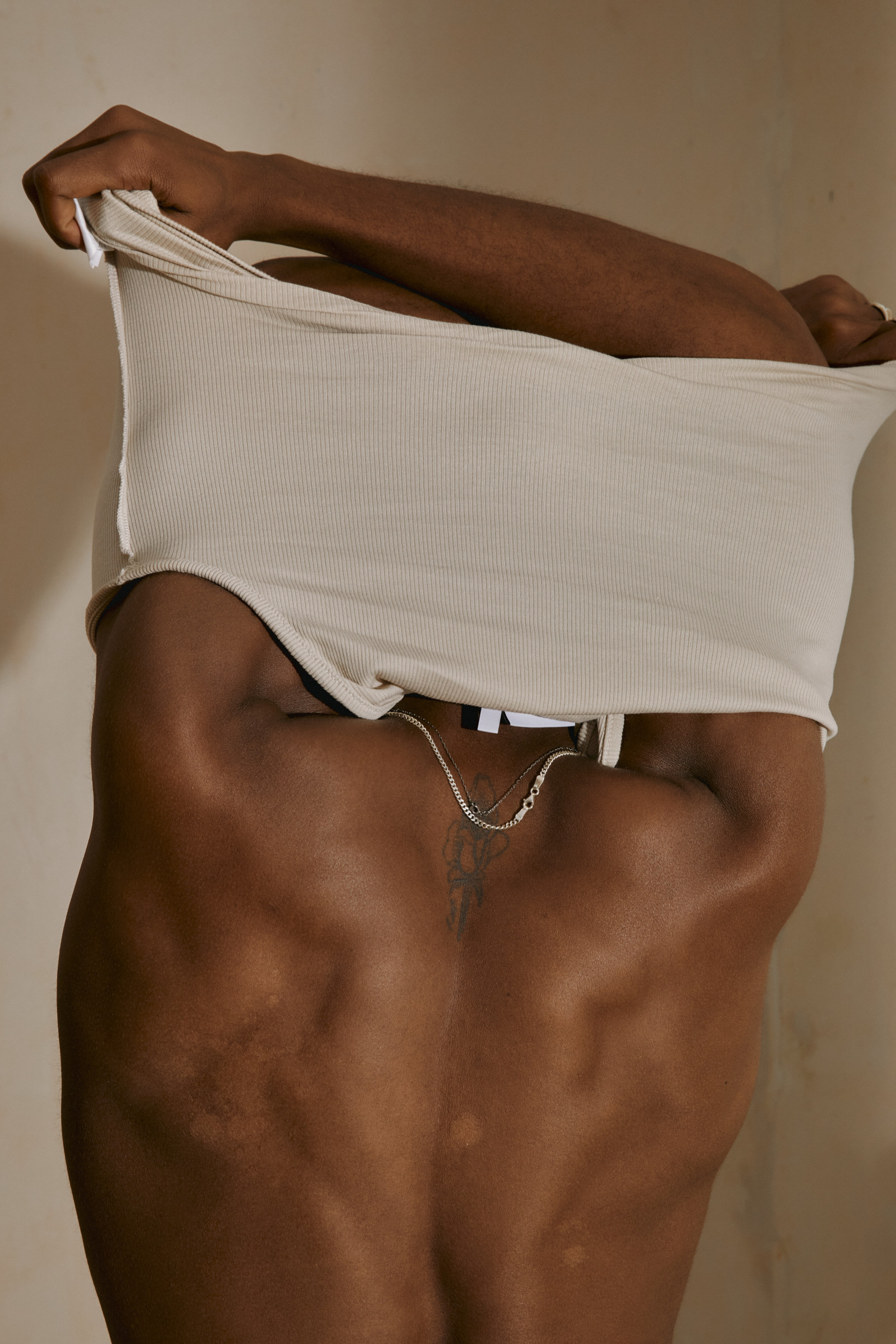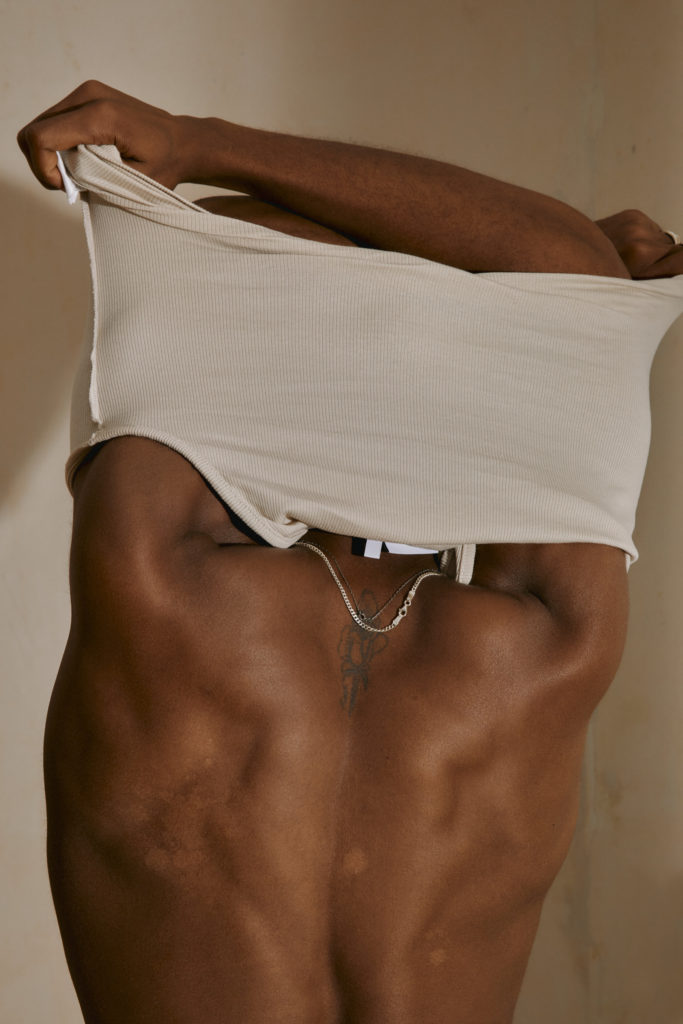
While there are many reasons sitting still is encouraged for meditation, one of the biggest myths is that this is the only way to do it. Sitting minimizes distractions and focuses your attention on cultivating awareness, steady energy flow, and inner stillness. But for beginners, this “requirement” can be a turnoff and inhibit the development of a regular practice. If you’ve tried to sit for meditations only to find yourself frustrated with the influence of distraction, try a walking meditation instead.
Walking is self-regulating
Personally, in order for me to get out of my head and into a focused state of flow, I need to do something that involves movement. When I was a kid I had this odd habit of tweezing all the hair I could find on my body. I was abnormally obsessed with removing every single hair from my eyebrows, knuckles, and toes. I even went as far as to pull my eyelashes out with my fingers. My mom did some research and discovered this is an impulse control disorder caused by stress and anxiety called trichotillomania. She struggled to understand it and became fearful I might start plucking my hairline next. Yet, now that I’ve done my own extensive research on how the stress response system develops and can look back on the emotional memory of my childhood at that time, it all makes perfect sense. This perplexing mental disorder was my way of trying to self-soothe.
An anxious mind is a result of a dysregulated stress response system that catches your thoughts in the lower, emotional part of the brain. Using your hands or body to perform mindless, monotonous tasks regulates your nervous system so these thoughts can graduate from an emotionally-responsive state to reach the higher parts of your brain.
My top three go-to activities when I can’t get my mind to sit still are:
- Taking a shower
- Power cleaning my house
- Taking a walk
All three of these activities clear my mind to reduce stress and improve my concentration. However, my purpose for meditation exceeds those two goals. I meditate not only to sharpen my focus and manage stress, but also to regulate my emotions, cultivate mindfulness, spiritual growth, and enhance self-awareness. Multi-tasking is counterproductive to meditation. Hence, cleaning and showering are a little too interactive to create the laser focus this requires. However, I’ve found that walking is usually the perfect antidote to calm a racing mind.
How to do a walking meditation
You can put your headphones on and throw on a guided meditation, or you can rely on the power of silence and the sounds of your surrounding environment to tune into your inner self. Here’s how.
Choose your location
A walk in a quiet, empty park is ideal if you have access to one. If you live in a bustling downtown area, that’s okay too. Maybe you step outside your front door and start walking in any random direction for a few minutes. Or, maybe you travel to your favorite destination for a hike or nature walk and make a whole day of it.
Do a body scan
As you start to walk, scan each part of your body to see how it’s feeling. Start with the top of your head and work your way down to the bottoms of your feet. Use the rhythm of your steps as your concentration baseline. With each step observe the sensations that come up. Do you feel pain anywhere? Is there a lump of anxiety lodged in your throat, or in the pit of your stomach? Does the air feel cold when it comes into contact with your skin? Do you feel the sun’s warm embrace enveloping your body? Identify where there’s tightness, relaxation, or anything in between, and label your observations as such.
Expand your field of awareness
Walking meditation is different than sitting meditation in that you obviously can’t close your eyes. Scope the scene. What’s happening around you? Are there kids playing in the park? Cars whizzing by you on the street? Don’t think too hard about what you see – the purpose of this act is simply to notice. Use the labeling technique above to hold your focus.
Notice your body language
Turn your attention to your feet. Focus on the sensation of how they connect with the ground. Quieting your mind is all about self-regulation, and remember, rhythm = regulation.
Every time your mind wanders, start these four steps over again. Once you get the hang of it and enter into full presence, then you can start to explore what’s bubbling beneath the surface of your consciousness.















